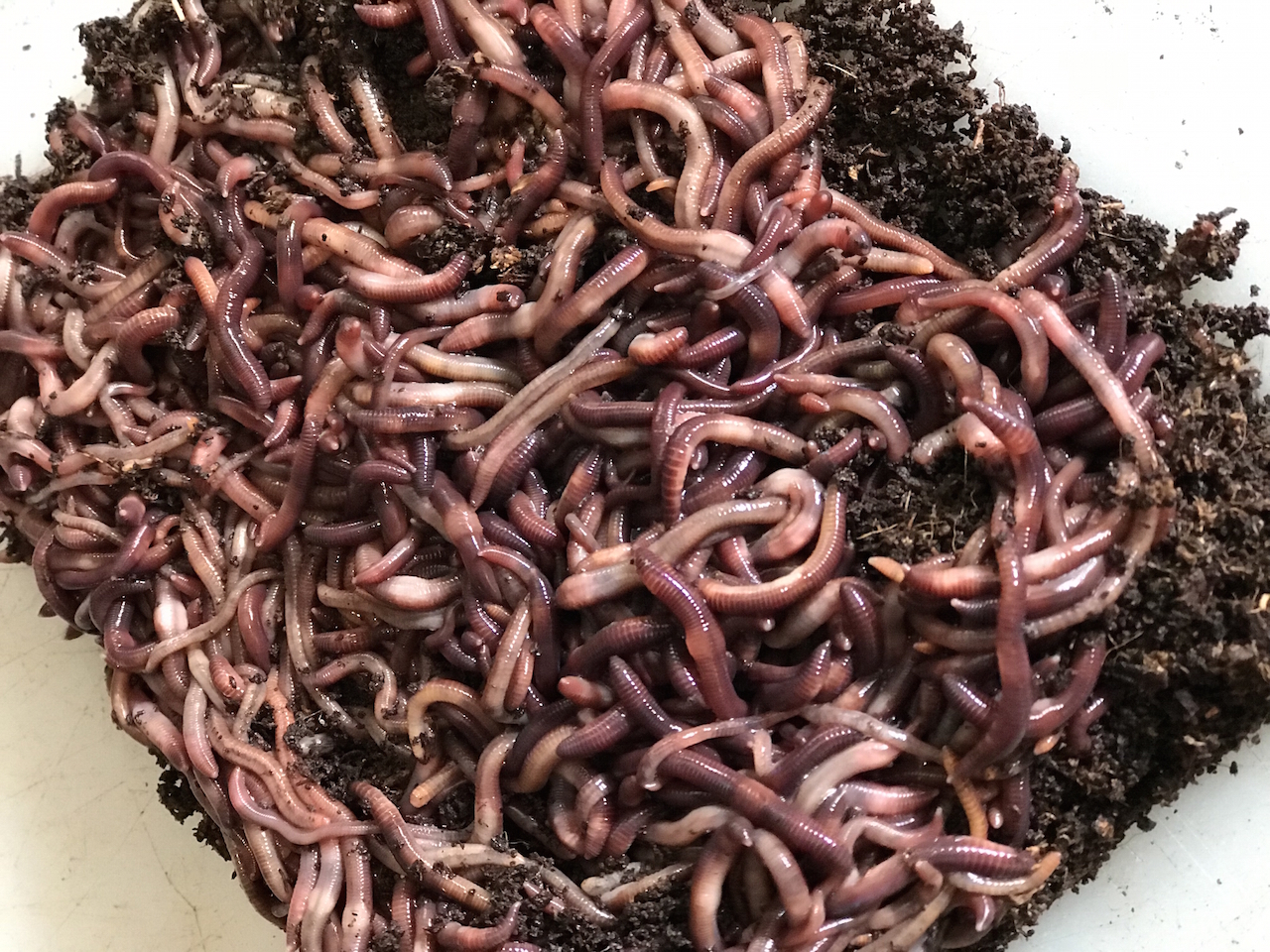Red Wigglers: The Unsung Heroes of Organic Waste Recycling
Red wigglers, or Eisenia fetida, offer as vital representatives in the organic waste reusing process, changing disposed of products into useful vermicompost. As the world significantly looks for remedies to deal with waste buildup and boost agricultural performance, understanding the duty of these worms ends up being essential.
What Are Red Wigglers?
The amazing durability of red wigglers, clinically called Eisenia fetida, highlights their critical role in natural waste recycling. These small, reddish-brown earthworms are usually found in decaying natural issue, such as compost heap and manure lots. Lake Hickory Bait. Unlike various other earthworm types, red wigglers flourish in nutrient-rich environments and are extremely effective at damaging down organic materials, making them important for vermicomposting

(Red Wiggler Express)In enhancement to their duty in waste reduction, red wigglers add to soil wellness by boosting soil framework and oygenation via their tunneling activities (Lake Hickory Bait). Their visibility in composting systems not just enhances decomposition rates but additionally advertises a sustainable approach to squander administration, illustrating their significance in eco-friendly preservation initiatives
Advantages of Composting With Worms
Composting with worms, particularly red wigglers, offers numerous benefits that boost both waste monitoring and dirt wellness. First, these worms successfully damage down natural waste, transforming it right into nutrient-rich vermicompost that improves dirt. This procedure increases decomposition, permitting a much faster recycling of kitchen area scraps and various other natural products contrasted to conventional composting methods.
Additionally, the vermicompost generated by red wigglers is including useful bacteria, which help enhance soil structure, aeration, and dampness retention. This boosts the overall health and wellness of plants, advertising energetic growth and enhanced returns in yards and agricultural settings. Additionally, making use of worms in composting lessens the manufacturing of greenhouse gases, such as methane, adding to a much more lasting waste monitoring system.

How to Start Vermicomposting
Developing a vermicomposting system is a straightforward procedure that can yield substantial advantages for both waste monitoring and dirt enrichment. To start, choose an appropriate container, such as a plastic bin or wood box, with appropriate air flow openings to make sure proper air flow. The measurements must preferably be about 2 feet by 3 feet, enabling enough area for the worms to prosper.
Next, prepare bed linens product, which can be composed of shredded newspaper, cardboard, or coconut coir. This bedding ought to be dampened to develop an appropriate environment for the worms. As soon as the bedding remains in area, present red wigglers (Eisenia fetida) into the bin, typically around one pound of worms for every square foot of surface.
Complying with the positioning of worms, add organic waste, such as fruit and vegetable scraps, coffee premises, and smashed eggshells. With these actions, you will properly start a vermicomposting system that contributes to lasting waste administration and enhances your soil.
Maintaining a Healthy Worm Container
(Red Wiggler Express)Maintaining a worm container flourishing calls for normal attention and like make sure the wellness of the red wigglers and the performance of the composting process. Proper maintenance begins with keeping track of the moisture degrees; the container should be moist but not waterlogged. A good regulation of thumb is to preserve an uniformity comparable to a wrung-out sponge.
Aeration is crucial. Gently mixing the bedding and food scraps every few weeks stops compaction and guarantees that all worms have access to oxygen. Additionally, it is important to feed the worms properly. A well balanced diet regimen of vegetables and fruit scraps, coffee premises, and smashed eggshells must be used in moderation to prevent overfeeding, which can result in smells and pests.
Temperature law is another vital aspect. Red wigglers thrive in an array of 55 to 77 degrees Fahrenheit. If the bin comes to be also warm or chilly, the worms might end up being stressed - Lake Hickory Bait. Finally, periodically look for indications of wellness, such as worm population development and the visibility of healthy and balanced castings. By faithfully taking care of these elements, one have a peek at this website can keep a robust and effective worm bin.
Influence on Sustainable Living
The successful upkeep of a worm container not only benefits the health and wellness of red wigglers however likewise contributes significantly to sustainable living methods. By reusing natural waste, such as kitchen area scraps and backyard debris, red wigglers help draw away considerable amounts of product from garbage dumps. This reduction in waste not only lowers greenhouse gas discharges however likewise reduces the environmental worry associated with waste management.
In addition, the castings generated by red wigglers offer as a nutrient-rich organic plant food, improving soil health and advertising plant development. This natural choice to chemical plant foods sustains sustainable farming and horticulture methods, minimizing reliance on artificial inputs that can hurt ecosystems. Additionally, worm composting promotes awareness of waste administration, urging individuals and areas to adopt more lasting behaviors.

Verdict
In recap, red wigglers offer as vital contributors to natural waste reusing through their efficient decomposition of organic materials. By integrating vermicomposting right into waste management techniques, people and areas can dramatically lower waste while promoting environmental sustainability.